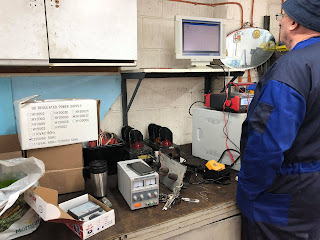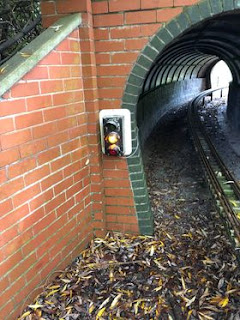Posts Tagged ‘signals’
 Exploring Shortwave Radio Signals: A Peek into Non-Local Communications
Exploring Shortwave Radio Signals: A Peek into Non-Local Communications
Curious about what you can hear on shortwave ham radio? This video is a brief survey of the diverse world of communications on the shortwave spectrum. Expand your radio horizons and enhance your emergency communication preparedness by tuning in to the world of shortwave ham radio.
If you’ve started delving into radio communications beyond local stations and channels, like VHF and UHF, you’re in for a treat. Shortwave radio opens up a whole new realm of signals to explore, including emergency communications vital during natural disasters.
Shortwave radio covers a range of radio frequencies from 3 kHz to 30 MHz. This spectrum is home to a diverse array of radio signals that cater to various communication needs, making it a hub of activity and connectivity.
Within these high frequencies, you can tune in to a multitude of transmissions, from transoceanic air traffic control communications to the chatter of ships navigating the vast seas. Imagine hearing the voices of fishermen, much like those on your favorite reality TV shows about high-seas fishing adventures, along with military communications and the vibrant world of amateur radio enthusiasts.
One of the remarkable features of high-frequency (HF) radio is its ability to propagate signals over long distances, transcending line-of-sight limitations. This means that HF radio enables communication between different regions and even continents, fostering connectivity across vast distances.
During times of crisis and natural disasters, shortwave frequencies become invaluable for emergency communications. When local infrastructure falters or is disrupted, shortwave radio serves as a vital lifeline, facilitating critical two-way communications in and out of disaster-stricken areas.
Explore the fascinating realm of shortwave radio, where distant voices blend with essential information, bridging gaps and connecting communities in times of need. Uncover the power of HF radio to transcend boundaries and provide lifelines when they are needed most.
In this video, I give you a glimpse of the voice and data transmissions I pick up on my high-frequency amateur radio transceiver (in this video, an Icom IC-7000). In later videos, I will dive deeper into specific types of HF communications, such as aeronautical trans-oceanic signals.
 The return of…
The return of…
Yes I am sort of back at it, but the family problems have not gone away.
I am currently working on a signalling system for a local model railway club.
This is a quite a big arrow to my bow, as I am not quite sure what I am doing yet? A big learning curve is required to take it all in. I have to take out the old analogue system, that is operated by a creaking relay logic system, and move it over to a more advanced software/hardware driven system, with a RS485 data highway switching the signals.
It should keep me my mind active for another couple of years, especially as all rally visits at weekend now have been cancelled due to Corona..














